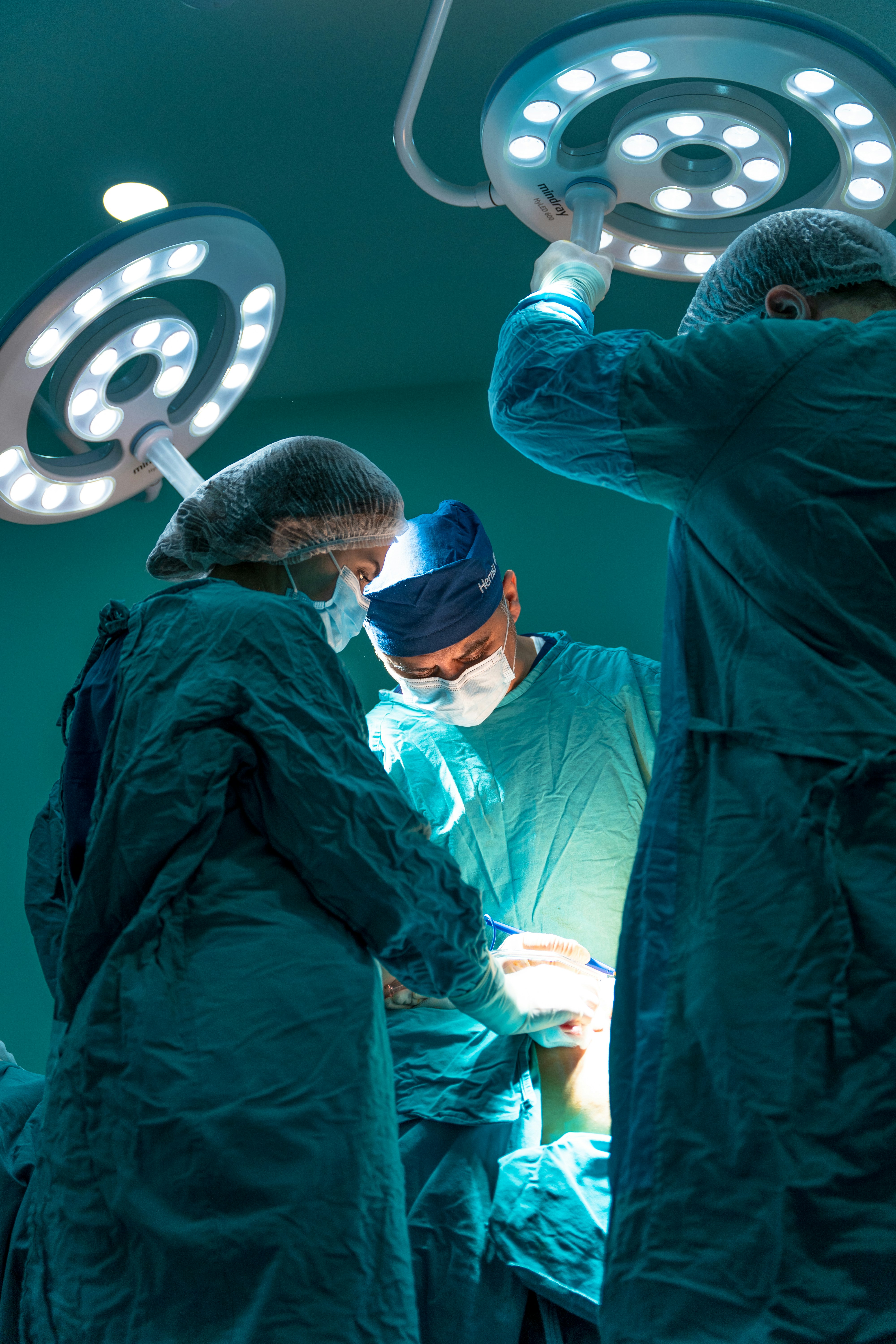Rotator Cuff Repairs
Advanced care for rotator cuff injuries, helping you heal faster and move stronger every day


Eric Sanders
Orthopaedic Surgeon
Orthopedic surgeon specialized in treating the shoulder, scapula, clavicle, and elbow through advanced diagnostics and surgical care.
Rotator Cuff Tears
The rotator cuff is a group of four muscles and tendons that help lift and rotate your arm, while also keeping your shoulder joint stable.
Rotator cuff tears are one of the most common causes of shoulder pain and disability. However, not all tears are the same. They can range from sudden injuries (traumatic tears) to gradual wear-and-tear over time (degenerative tears). Each tear has its own unique characteristics, and treatment should be tailored to the specific situation.
Common Symptoms
Pain with lifting or reaching overhead
Weakness in the shoulder
Difficulty sleeping on the affected side
Clicking or popping sensations with movement
Personalized Treatment Plans
Several factors influence how a rotator cuff tear should be treated—including the type and size of the tear, your age, activity level, dominant hand, and personal goals. Your surgeon will consider all of these to recommend the most appropriate approach.
In many cases, small or even full-thickness rotator cuff tears can be treated without surgery. Physical therapy and anti-inflammatory medications may be enough to restore function and relieve pain. Occasionally, steroid and platelet rich plasma injections are recommended. However, if pain and weakness persist despite conservative care, surgical repair may be the next step.
When discussing non-surgical treatment, be sure to ask your surgeon:
What is the risk of the tear getting worse?
What are the chances of avoiding surgery long-term?
How successful is physical therapy likely to be for this type of tear?
Surgical Considerations
Some rotator cuff tears are more complex and may not heal easily, even with expert surgical technique. In these cases, understanding the realistic expectations for healing and recovery is key. Your care team will help you understand:
The likelihood of a successful repair
The risk of re-tearing after surgery
Whether advanced techniques like tissue augmentation or biologics might be recommended to improve healing
As research advances, we’re better able to identify the factors that influence outcomes—and use that knowledge to personalize your care and improve your chances of a full recovery.
Rotator cuff procedures commonly performed by Dr. Sanders:
Arthroscopic repair of rotator cuff
Arthroscopic repair of rotator cuff with graft augmentation
Arthroscopic repair of rotator cuff with graft augmentation with anterior cable reconstruction
Arthroscopic repair of rotator cuff with biceps tenodesis
Arthroscopic subscapularis repair
Subscapularis repair with latissimus tendon transfer
Arthroscopic balloon arthroplasty
Arthroscopically assisted lower trapezius transfer with achilles allograft
Rotator Cuff Repair – Frequently Asked Questions
1. What is a rotator cuff tear?
The rotator cuff is a group of four muscles and tendons that stabilize the shoulder. A tear occurs when one or more of these tendons is damaged, either from injury or degeneration over time.
2. How do I know if I need surgery?
Surgery is usually recommended if you have a full-thickness tear, ongoing pain or weakness that doesn’t improve with physical therapy, or if your lifestyle or activity level demands full shoulder strength and function.
3. What are the risks of not having surgery?
Some rotator cuff tears can worsen over time, leading to increased pain, muscle weakness, or even irreversible damage. However, not all tears require surgery, and many can be managed with therapy and medications.
4. What does the surgery involve?
Most rotator cuff repairs are done arthroscopically using small incisions and a camera. The torn tendon is reattached to the bone using sutures and anchors. In more complex cases, open surgery or tendon transfers may be necessary.
5. How long is recovery after surgery?
Recovery is gradual. Most patients wear a sling for 4–6 weeks and begin physical therapy shortly after. Full recovery can take 4–6 months or longer, depending on the tear and individual healing.
6. Will I need physical therapy?
Yes. Physical therapy is essential after surgery to regain motion, strength, and shoulder function. A structured rehab plan helps protect the repair while restoring use of the arm.
7. Is the surgery successful?
Rotator cuff repair has a high success rate, especially when done early and in healthy tissue. Outcomes depend on factors like tear size, tendon quality, age, and following rehab instructions.
8. Are there alternatives to surgery?
Yes. Physical therapy, anti-inflammatory medications, and corticosteroid injections can help manage symptoms for small or partial tears. Your surgeon will guide you based on your specific tear and goals.
9. Will the tear come back after surgery?
Re-tears can happen, especially in larger or degenerative tears, but proper technique and rehab greatly reduce this risk. In some cases, biologic treatments or tissue augmentation may be used to support healing.
10. When can I return to work or sports?
This depends on your job or sport. Desk jobs may resume in a few weeks, while heavy labor or athletic activities may take 5 -6 months. Your care team will provide personalized guidance.















